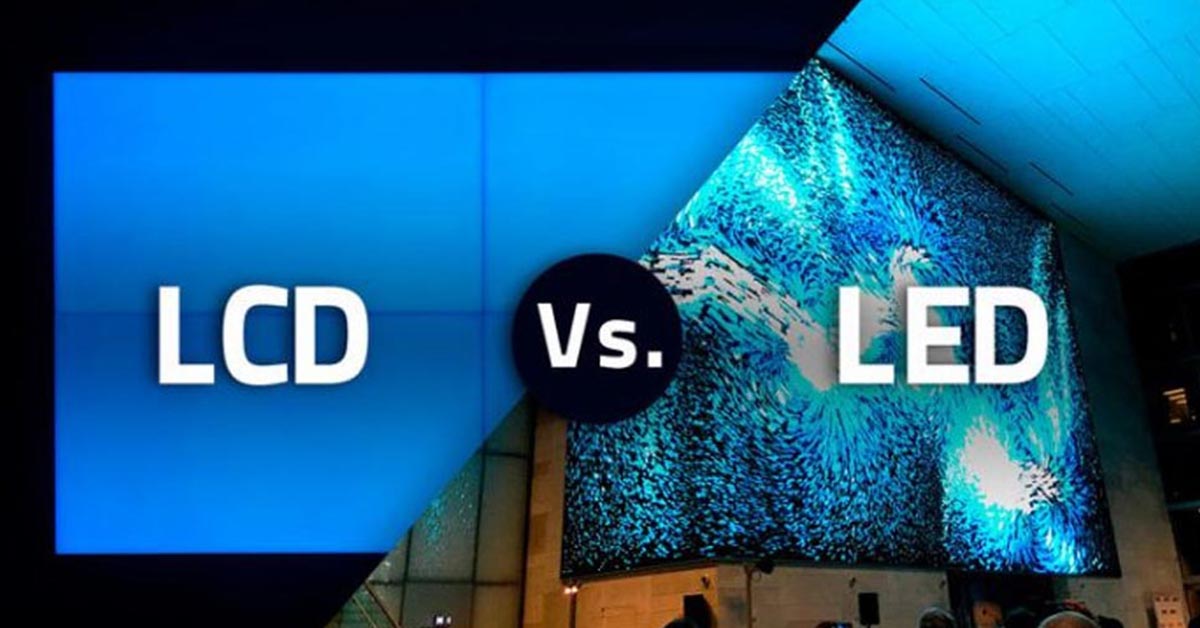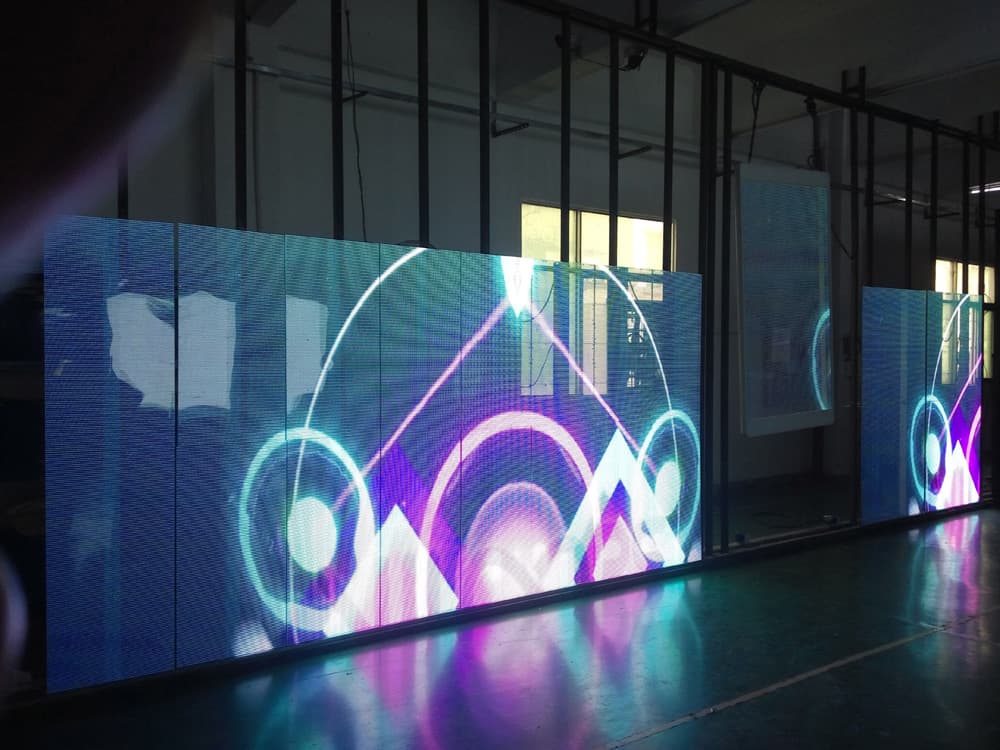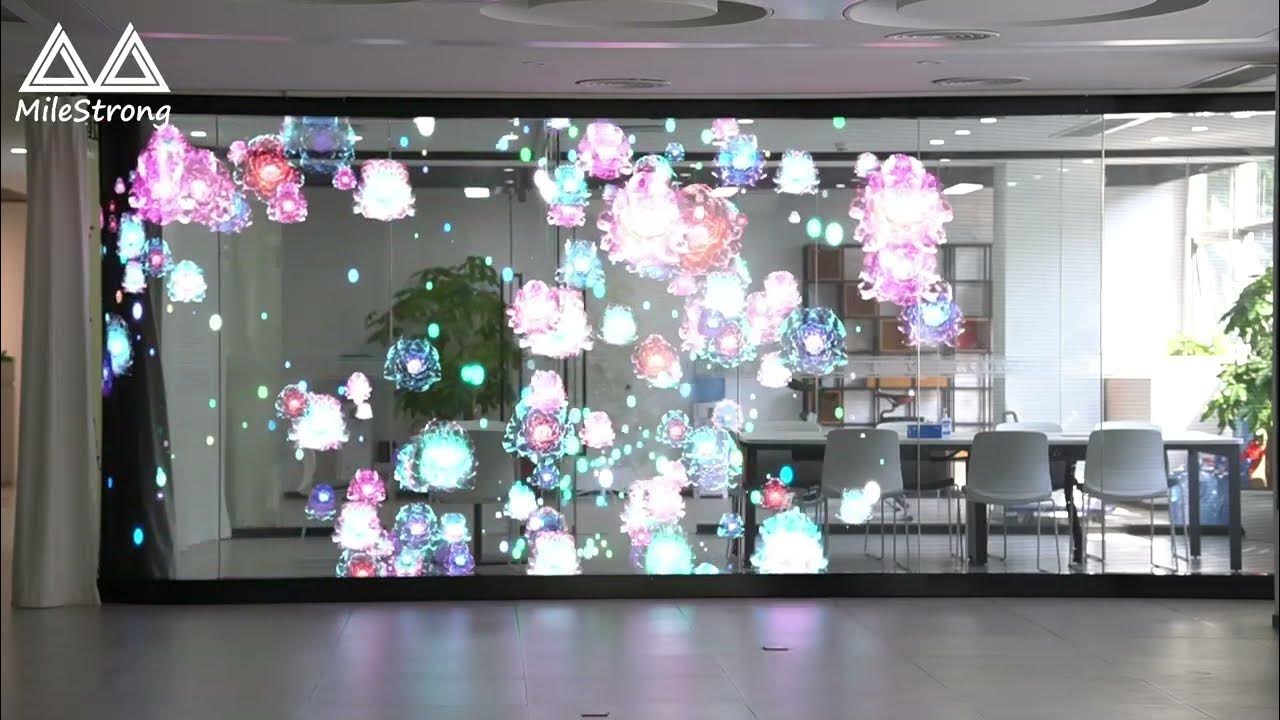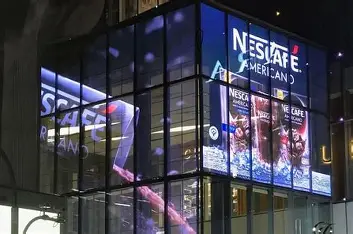

Transparent LED displays—also known as commercial see-through display, glass LED screens, or see-through advertising screens—are transforming the event landscape. These innovative screens allow brands to combine dynamic digital visuals with physical environments, enabling audiences to see through the screen while engaging with content. From immersive trade show booths to luxury brand launches, commercial see‑through displays are redefining experiential marketing at high-profile events.

At first glance, these displays appear almost magical: vibrant video that floats within a transparent panel, revealing whatever lies behind it—be it products, people, or architecture. In truth, they achieve this using finely spaced LED modules that emit light without obstructing the transparent substrate. Unlike transparent OLED displays, which excel indoors but struggle in bright light, LED versions deliver strong brightness and flexibility in larger formats, making them a go-to for high-impact event staging.

Understanding the pricing of commercial see-through displays begins with basic film or grille-based LED systems. These modular displays, favored for their lightweight portability and quick deployment, generally range from $600 to $1,500 per square meter . This pricing reflects the design trade-offs inherent in temporary installations: higher transparency and ease of setup at the expense of weatherproofing and durability.

Moving beyond entry-level models, premium framed solutions—sometimes marketed as “Poster Series”—offer higher brightness, sharper image rendering, and better build quality. Events that require sophisticated backdrop content or integration into stage design can expect to spend between $3,000 and $15,000 total, depending on screen size and complexity. Finally, architectural-grade LED video walls, constructed for both semi-permanent event use and luxury installations, typically fall into the $1,500–$3,000 per square meter range.
Several factors determine how much a commercial see-through display will cost. First, pixel pitch—or the distance between LED diodes—affects image resolution and clarity. Displays with a fine pitch (such as 2.5 to 3.9 mm) offer crisp visuals at close viewing ranges, but their increased LED density raises the cost. For large-scale displays intended to wow from a distance, a larger pitch balances visual impact and affordability.
Brightness is another critical consideration. Event environments, especially outdoor festivals or venues with strong lighting, demand high-nit panels (often 4,000 nits or more). Achieving this level of luminance, while maintaining transparency, requires specialized LEDs and robust construction, making screens more expensive . Similarly, the screen’s transparency percentage—how much of the background is visible—impacts panel design and costs, with higher transparency adding premiums of 20–30%.
Customization further influences pricing. Off-the-shelf film panels are cheaper and faster to deploy, though bespoke solutions—curved frames, interactive touch overlays, or branded housing—require engineering time and drive up costs. Finally, installation services, including control systems, content integration, and event logistics, typically add 20–25% to hardware costs. Rental packages often bundle these services, while purchased systems incur operating costs like shipping and annual maintenance.
Trade show exhibitors commonly deploy a 6 m² film-based display to create engaging booth experiences. At roughly $1,000/m², plus integrated setup, these booths often total around $7,500 per installation when rental is factored in. For larger brand exhibits, the cost scales accordingly. A 30 m² framed LED wall might cost between $45,000 and $90,000, depending on resolution and mounting requirements. At the high end, immersive installations—such as concert stages or luxury launches—use 50 m² premium video walls. With unit rates around $2,000/m², total cost including installation and framing may approach $125,000.
Despite the investment, the payoff for commercial see-through display is often substantial. Film displays can be shipped, reused, and fitted into new environments efficiently. Moreover, the visual novelty of transparent LED screens captures audience attention in ways that flat screens cannot.

Although precise figures vary, brands have consistently reported strong returns. One case involved a commercial see-through display at a pop-up retail event that boosted attendee interaction by roughly 30%. In other cases, customers at ultra-bright installations—like sporting events or large indoor expos—expressed overwhelmingly positive feedback (up to 90%) around the wow factor.
For larger venues and conferences, these screens often justify their cost through sponsorship deals or ticket premiums. Transparency panels also enable content updates and interactive experiences that add to long-term brand engagement.
Rental is a flexible, cost-efficient option for short-duration events. Pricing in markets like Los Angeles typically falls between $800–$1,500 per m² per day, often bundled with install and teardown services. However, if your brand plans multiple activations or seeks permanent visual assets, ownership becomes more economical over time. Purchased systems can be customized, host interactive content, and serve as variable brand backdrops, ultimately reducing per-use cost as they are reused across campaigns.
Choosing a commercial see‑through display requires careful assessment. Begin by defining venue requirements—do you need indoor portability or outdoor visibility? Next, consider visual objectives and decide on pixel pitch based on expected viewer proximity. Choose between film-based panels (lightweight and reversible) and framed LED walls (durable and premium). Evaluate providers on equipment quality, warranties, installation support, and CMS integration, especially for interactive or responsive content.

While transparent OLED screens offer superior contrast and color depth, their fragility and limited outdoor performance often rule them out for large event setups. Conversely, colored LED walls remain a robust option for bold video, though they obstruct sightlines. Many modern events layer technologies—transparent LED for dramatic foreground effect and hidden backlighting or content projection behind.
Commercial see‑through displays are changing how audiences experience events. Their transparent allure turns ordinary glass walls into futuristic media canvases, blending brand messaging seamlessly into physical spaces. With pricing that ranges from $600/m² for entry-level rentals to $3,000/m² for premium solutions, these systems offer modularity, impact, and replay value. For strategic event producers and brand marketers, they present a powerful canvas for storytelling—whether temporary or permanent.